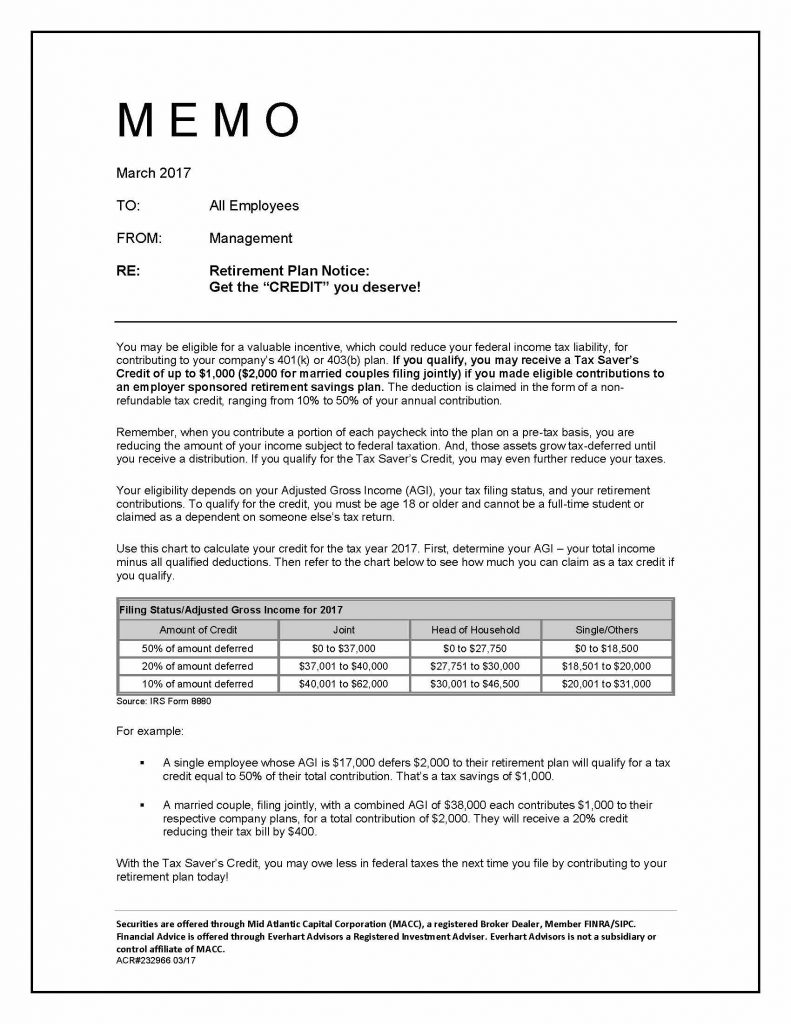Table of Content
To be considered a home office, the area must be used regularly and exclusively for your self-employed business. The office space must be your primary place of business or a separate structure used in connection with your business. Investopedia requires writers to use primary sources to support their work. These include white papers, government data, original reporting, and interviews with industry experts. We also reference original research from other reputable publishers where appropriate. You can learn more about the standards we follow in producing accurate, unbiased content in oureditorial policy.
You can also deduct a portion of other expenses, including utilities, based on the size of your office versus your home. For example, if your home office is 10% of your entire living space, you can deduct that much from the costs of mortgage, rent, utilities and some kinds of insurance. IRS Form 8829 will help you figure out the eligible expenses for business use of your home. The regular version of the deduction is a bit more complicated, as you must keep track of all your actual expenses. You can write off up to 100% of some expenses for your home office, such as the cost of repairs to the space.
I started working from home due to the pandemic. Can I deduct my home office expenses?
In this case, the home would be used for daycare regularly, but not exclusively, because those receiving care are only there during the day. The workspace for a home office must be used exclusively and regularly for business. This home office needs to be only used for your business — as in, it can't be a guest room with a desk in it — and you must be able to prove that you need an office for your work. The burden of proof for taking this deduction is on the taxpayer, so if you're audited, you will have to back up your claim to the IRS. There are two ways that eligible taxpayers can calculate the home-office deduction.

In addition to being self-employed, you’ll need to meet several other Internal Revenue Service requirements to be eligible for the home office tax deduction. Expenses that relate to a separate structure not attached to the home will qualify for a home office deduction. It will qualify only if the structure is used exclusively and regularly for business.
What’s the criteria for deducting a business expense?
To qualify for this exception, your home must be the principal location of your business. Now that many of us are working remotely, you may be wondering whether working from home will yield any tax breaks. If your small business qualifies you for a home office tax deduction, should you be concerned about triggering an audit? This article will delve into the most common questions about this tax deduction. NerdWallet strives to keep its information accurate and up to date.

The depreciation you’re required to take in home office deductions is subject to capital gains tax when you sell your home. For example, if you own your home, use 20% of it as a home office and deduct depreciation, 20% of your profit on the home’s sale may be subject to capital gains tax. However, if you use the simplified method, depreciation isn't a factor and you may not be subject to the tax.
Home Office Deduction at a Glance
Unless you’ve miscalculated your projected income or experienced an unexpected windfall during the tax year, you probably won’t owe that much when you file. But your quarterly estimated taxes could certainly approach or exceed those figures. And some travel credit cards, such as the Delta SkyMiles Reserve Card from American Express, have even higher spend thresholds for coveted travel loyalty program windfalls. Heavy-spending Delta Reserve cardholders get a windfall of Medallion® Qualification Miles after reaching the card’s five-figure spending threshold. Beginning with 2013 tax returns, the IRS began offering a simplified option for claiming the deduction. This new method uses a prescribed rate multiplied by the allowable square footage used in the home.

But as always, a good rule of thumb is to keep excellent records of your income and expenses — down to every last penny spent or earned. Home office business expenses are divided into direct and indirect expenses. There is no requirement that your home office needs to be partitioned off from other areas with a wall or additional barrier.
The simplified option involves multiplying an IRS-determined rate by the square footage of your home office. To use the simplified option, your home office cannot be larger than 300 square feet, and you won’t be able to deduct depreciation or home-relateditemized deductions. Filers who have more than one home-based business must be careful when claiming the home office deduction. If any of their different lines of business don’t meet the above criteria, then no home office deduction can be taken for any of them. The home office expenses incurred for each separate line of business must meet the above criteria on a stand-alone basis, and if one line fails, then all others fail as well.
That's because you can depreciate the value of your home office, which could create a tax event later when you sell. While employees who now work remotely may feel like they're missing out, the home-office deduction isn't generally leading to outsized savings for those who take it. There may be some confusion, as the home-office deduction was previously allowed for employees. The Tax Cuts and Jobs Act of 2017, however, banned such workers from taking the deduction from 2018 to 2025. Employees are not eligible to claim the home office deduction.
As an example, if total deductions come to $1,200, yet you only earned $950 of income from the business, then only $950 of deductions can be taken for that year. However, the remainder can be carried forward to a future year and deducted when business income exceeds expenses. Expenses that are incurred solely for the benefit of the office space are then listed under the “Direct expenses” section of the form. The indirect expenses are totaled and multiplied by the percentage derived earlier (14% from our example). Then the indirect expenses total is added to the total of the direct expenses. The self-employed are eligible for the home office tax deduction if they meet certain criteria.
If the office measures 150 square feet, for example, then the deduction would be $750 (150 x $5). Your business-use percentage must be reduced because the space is available for personal use part of the time. Taxpayers who use a home office exclusively to manage rental properties may qualify for home office tax status but as property managers rather than investors. Get live help from tax experts, plus a final review before you file — all free. The actual-expenses method might work better if the business makes up a large part of the home.
With some important caveats, particularly around withholding taxes, business owners are eligible to pay tax bills on credit. This method allows you to use a prescribed rate that is multiplied by the allowed square footage. In 2014, the rate was $5 per square foot with a cap of 300 square feet. Keep in mind, all of the space you claim must be used for business only. For example, if you have 150 square feet in your home office, your deduction would be $750.

Indirect expenses are costs that don’t exclusively apply to your home business, such as utilities, rent, mortgage insurance, real estate taxes, security system fees, and similar costs. To find the deductible percentage of these costs, you divide the total square footage of your home by the number of square feet in your home office. Indirect expenses are costs that don’t exclusively apply to your home business, such as utilities, rent, insurance, security system fees, and similar costs. If you’re self-employed, you can still claim the home office tax deduction for qualifying costs, whether you use the actual expenses or the simplified method. The deduction decreases your business income, and therefore, your gross income.
This information may be different than what you see when you visit a financial institution, service provider or specific product’s site. All financial products, shopping products and services are presented without warranty. When evaluating offers, please review the financial institution’s Terms and Conditions. If you find discrepancies with your credit score or information from your credit report, please contact TransUnion® directly. If you plan on deducting actual expenses, keep detailed records of all the business expenses you think you’ll deduct, such as receipts for equipment purchases, electric bills, utility bills and repairs.


No comments:
Post a Comment